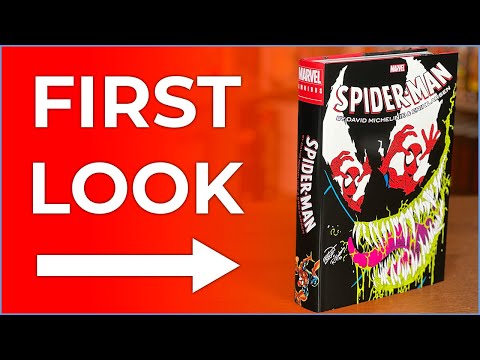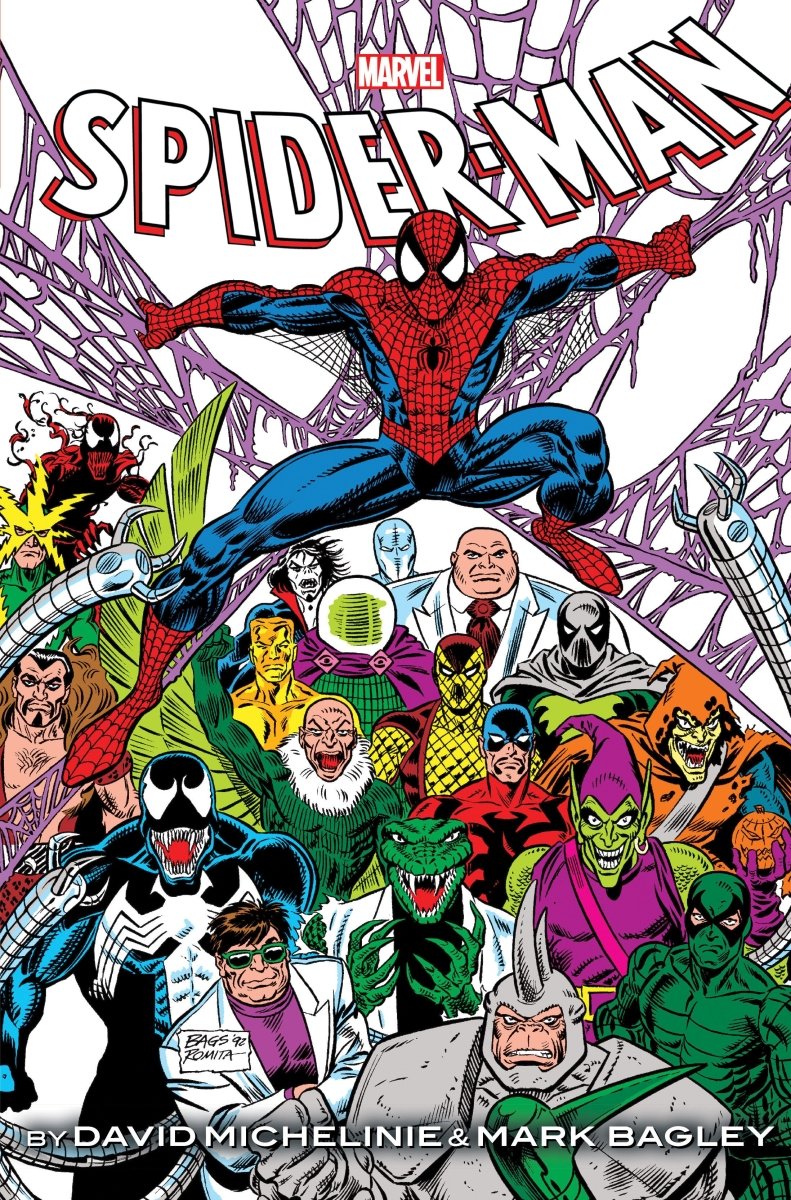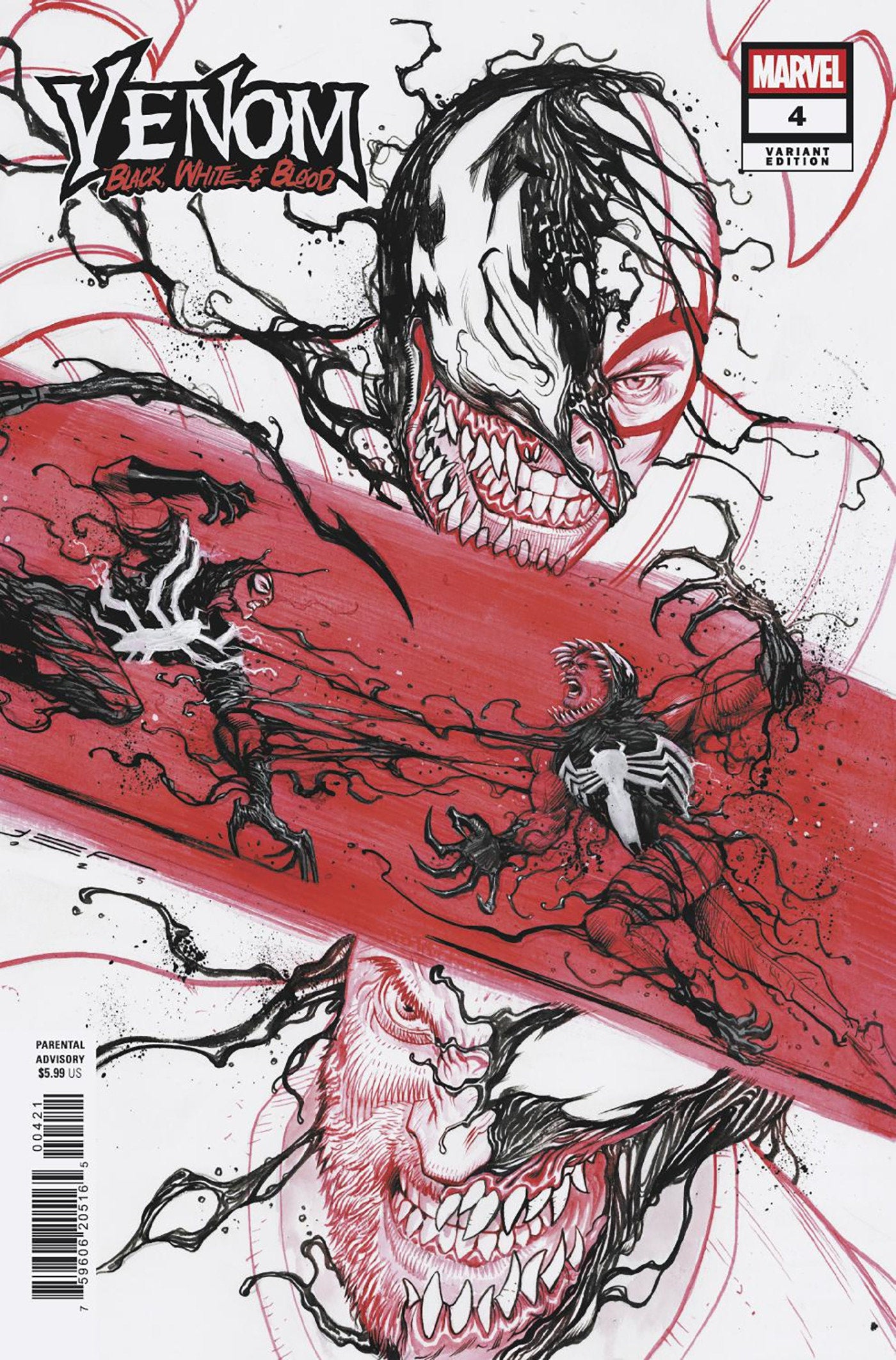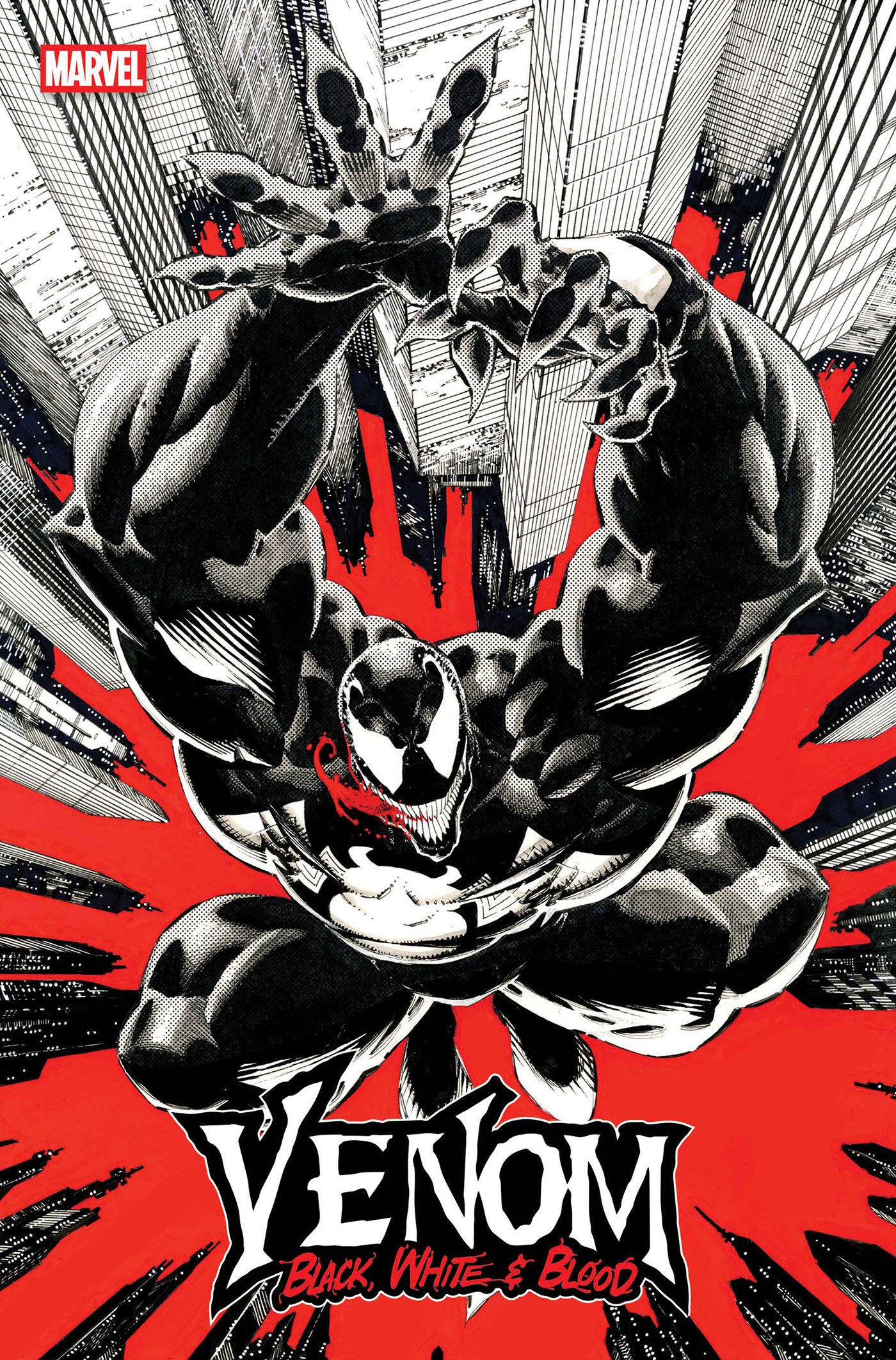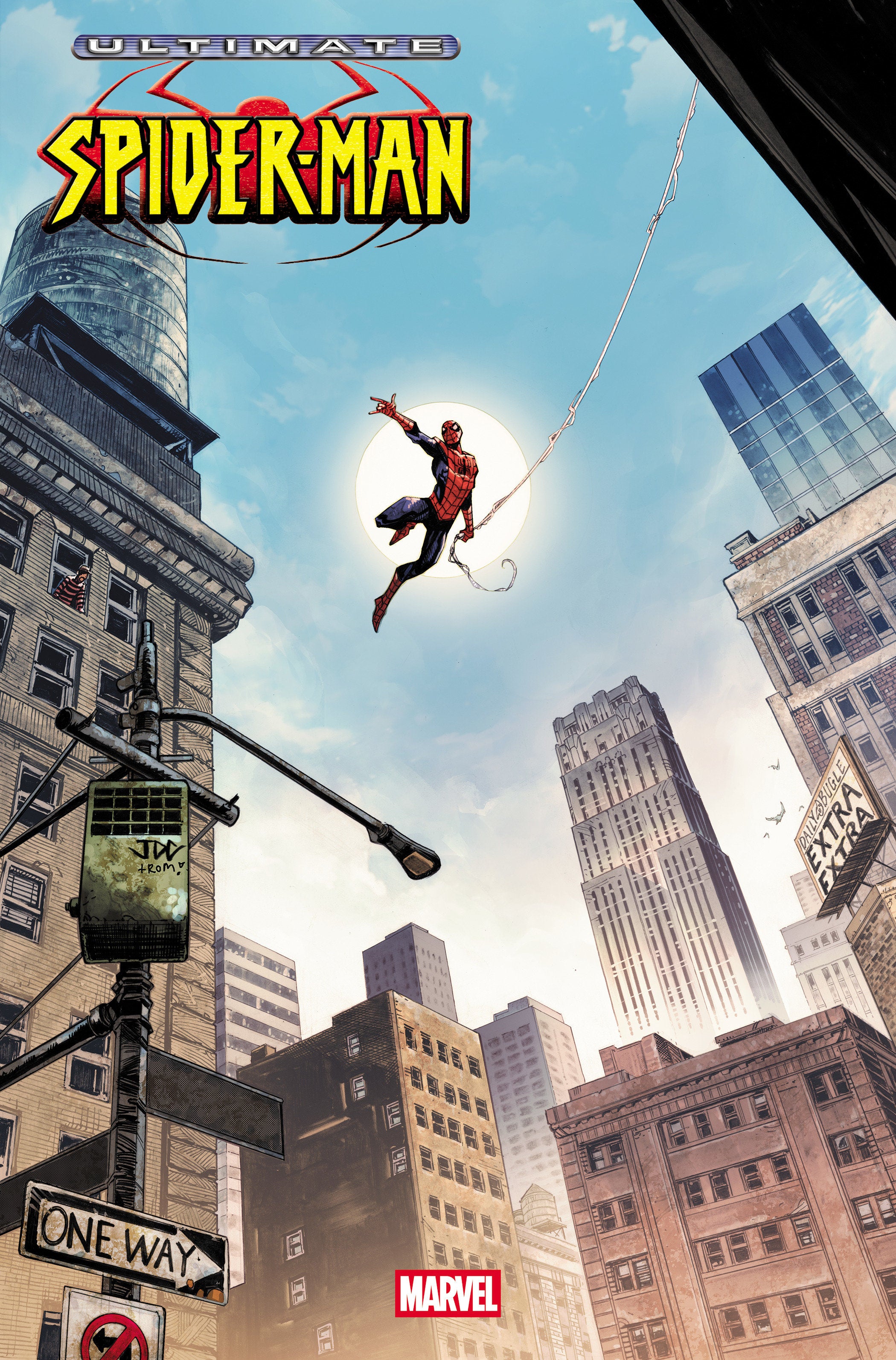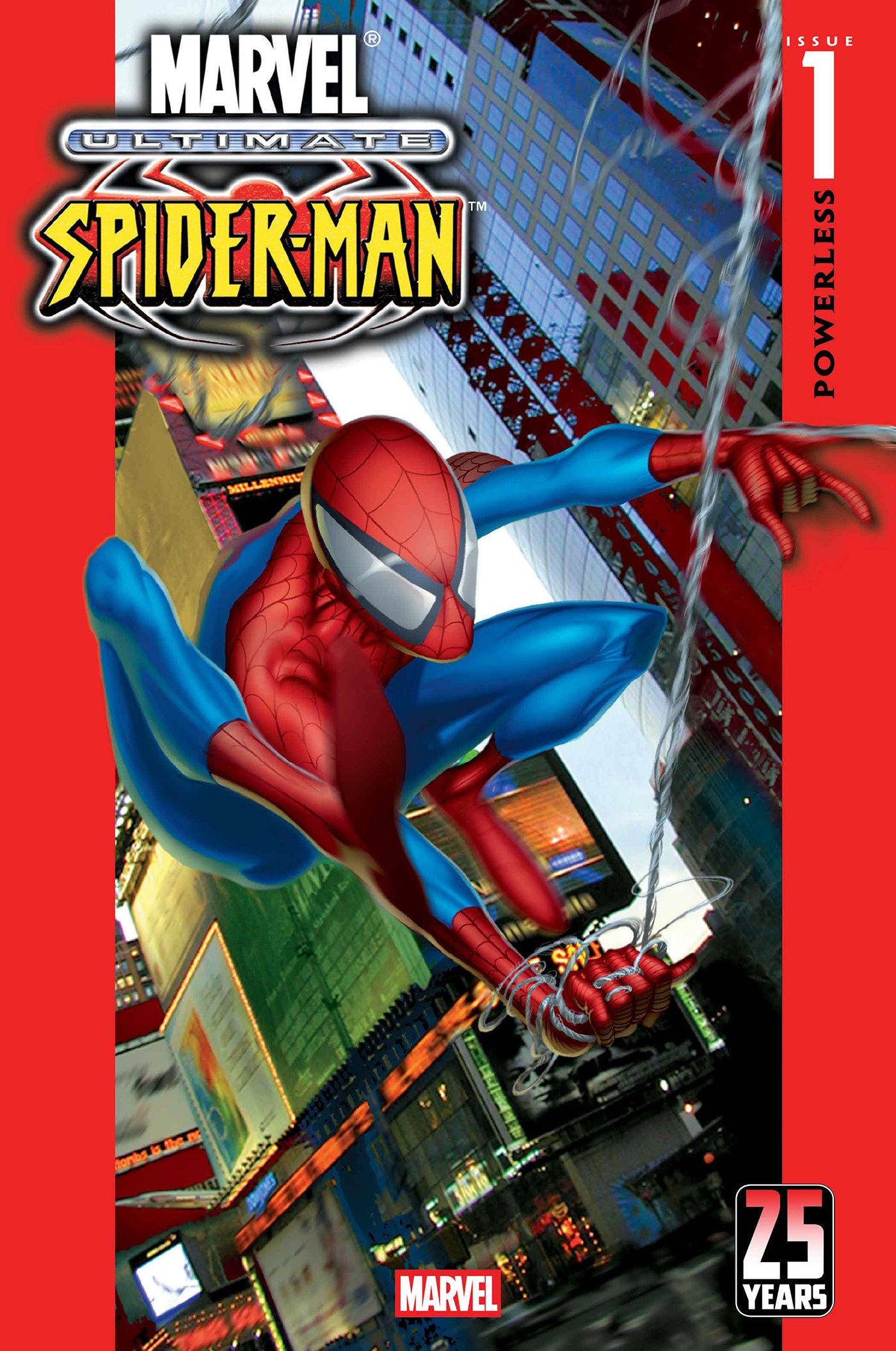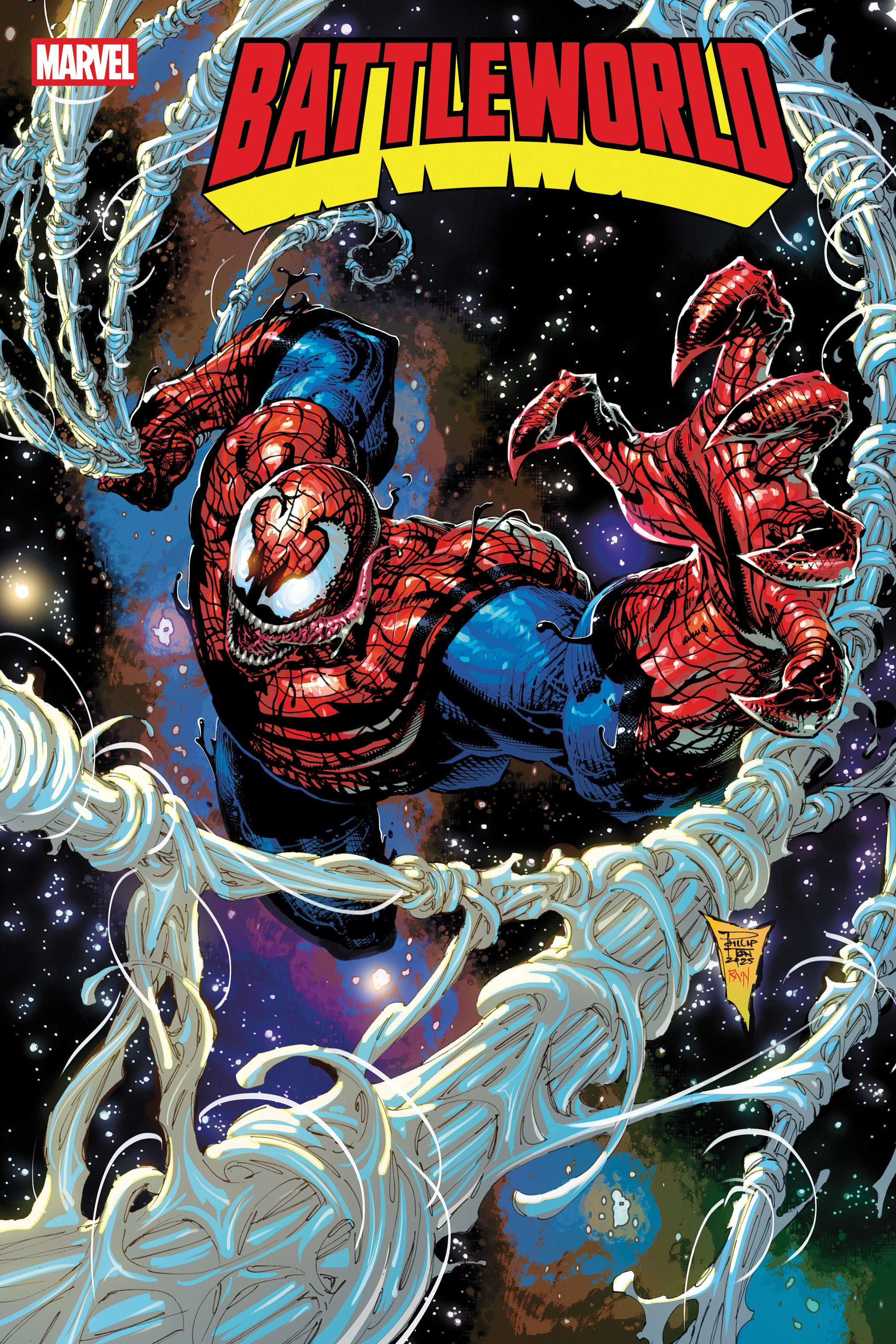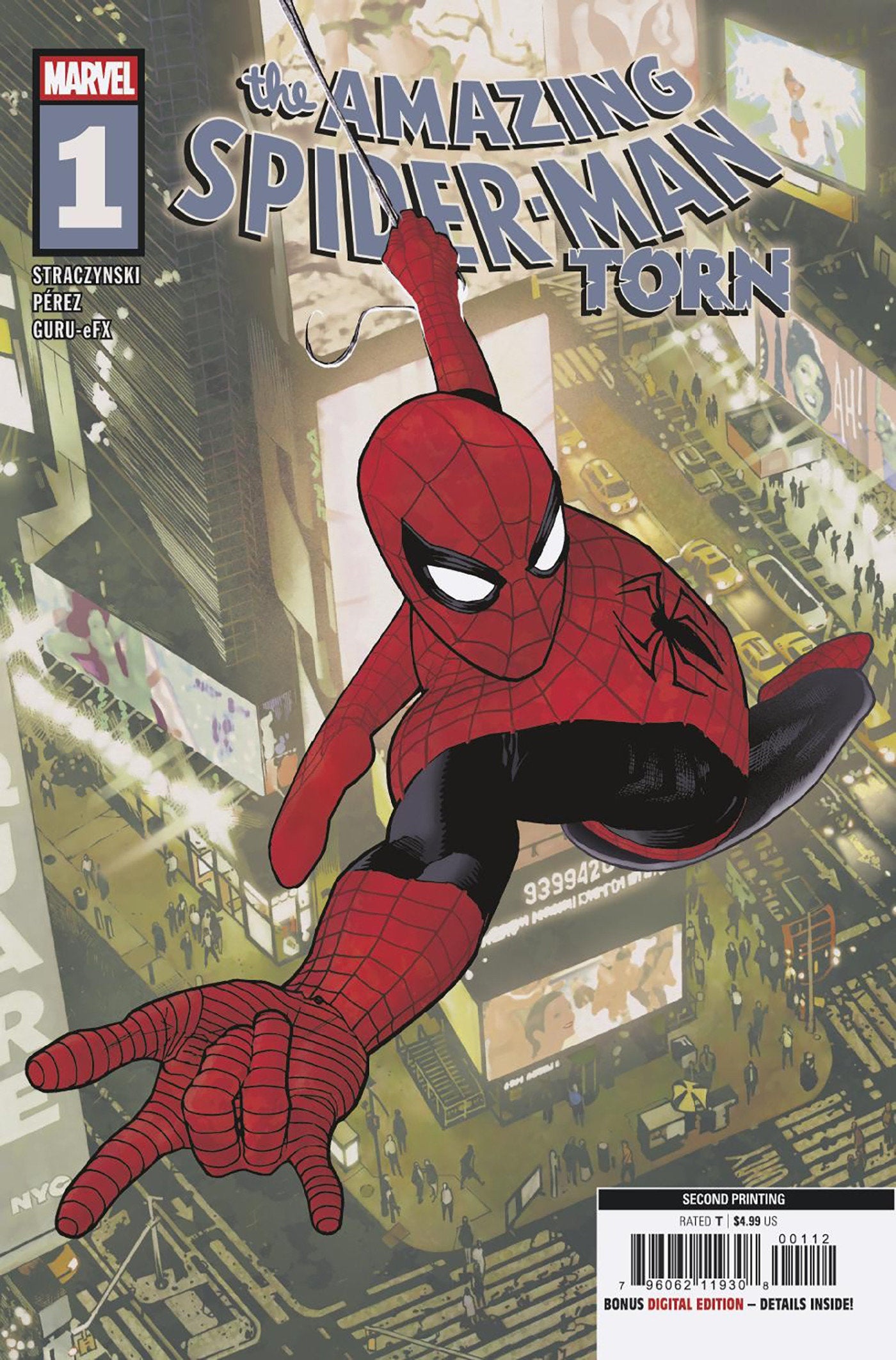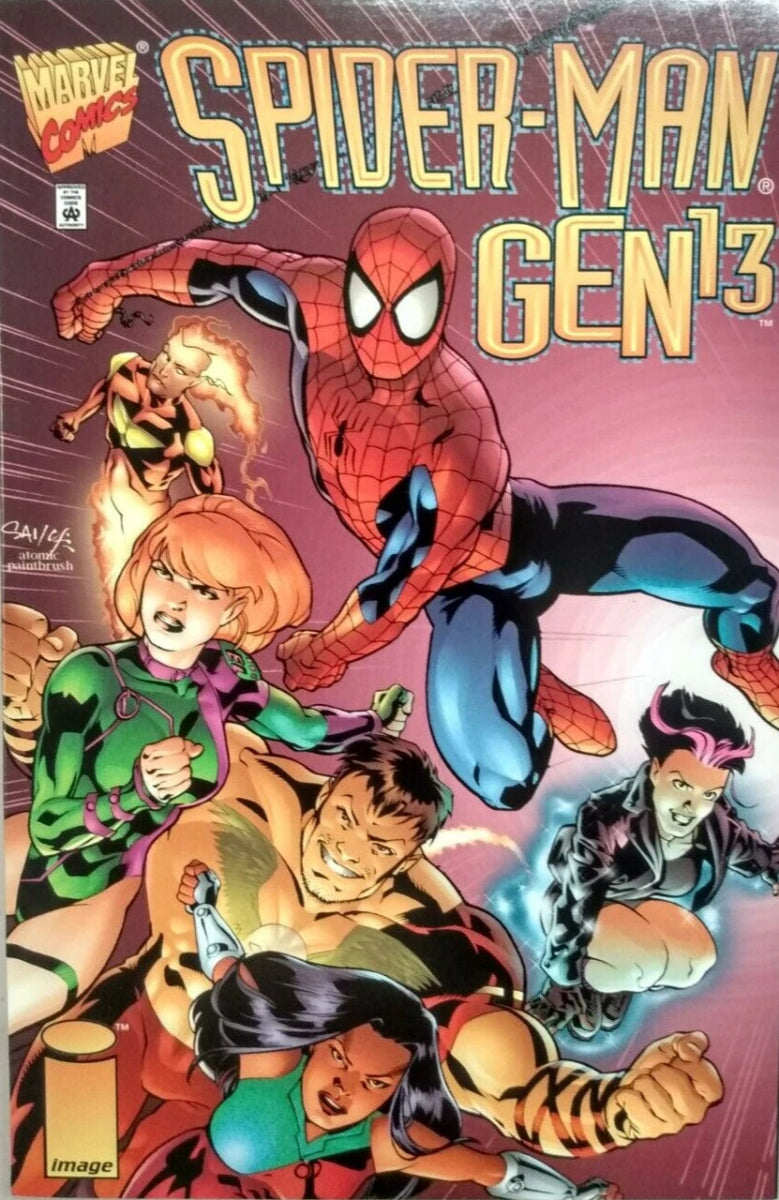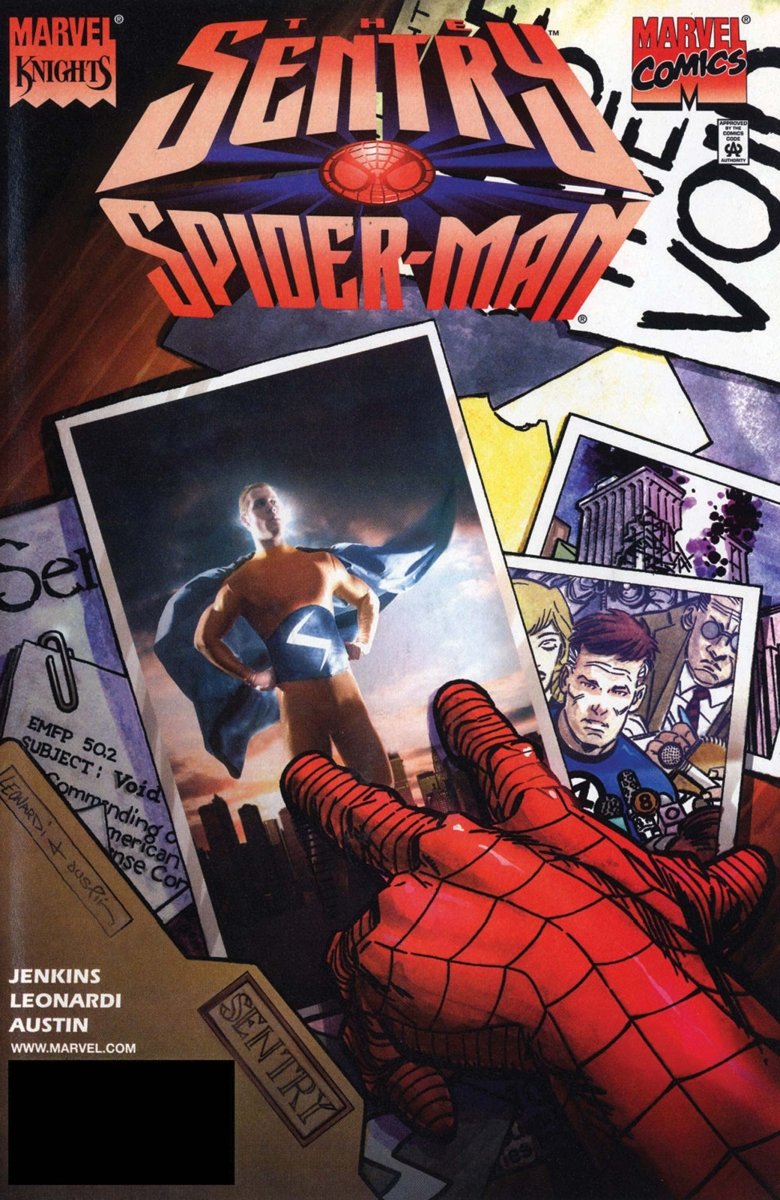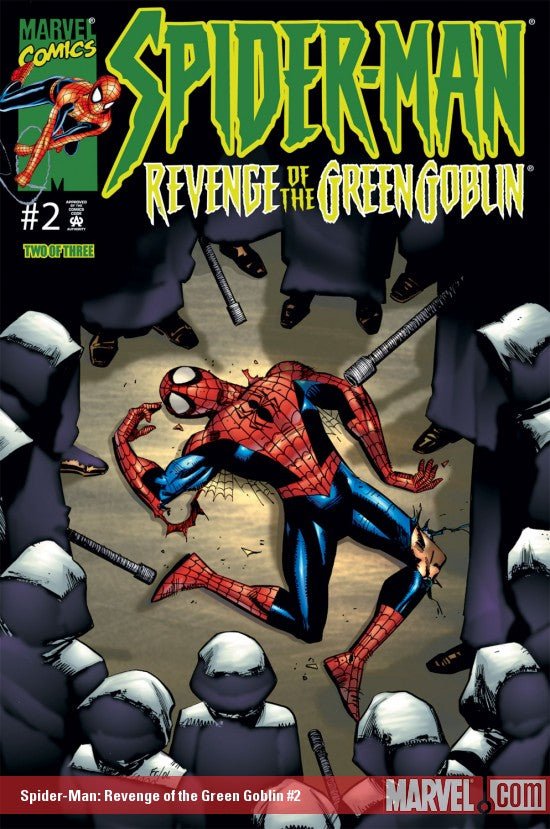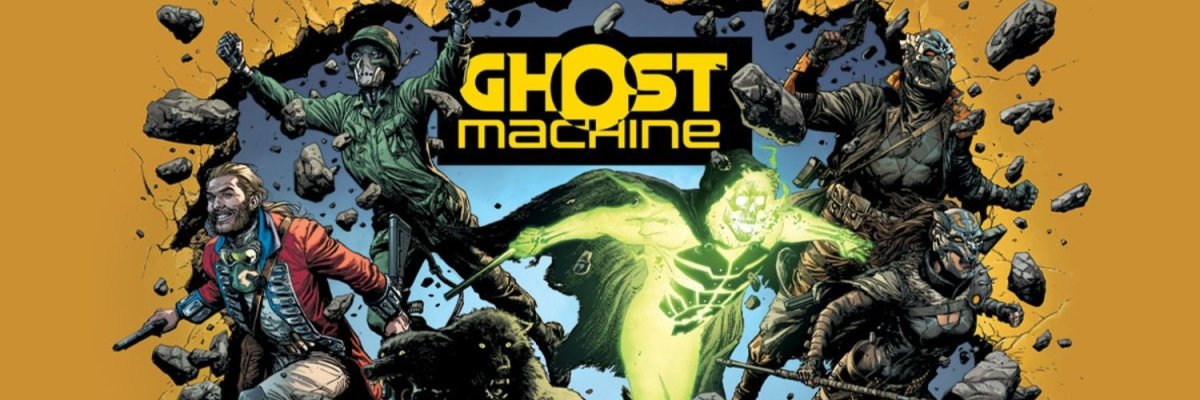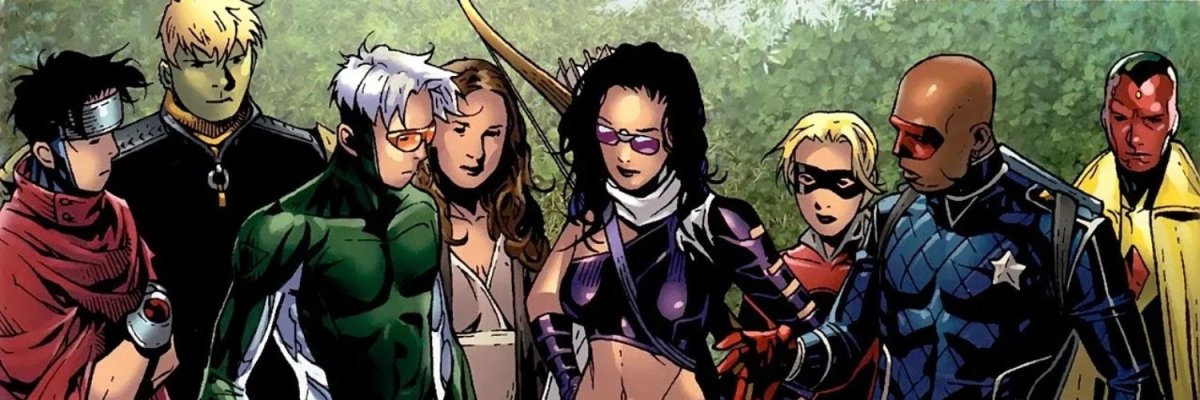
Written by Petar
Wanted to be an astronaut, ended up exploring comics instead.
Alright, we’re doing this one last time, I swear! Nerd. Spider bite. Big mistake. Power and responsibility. Spider-Man. Y’all know the story! Let’s talk Peter Parker!
A Quick Spider-Man History Lesson
There is something deeply compelling about the story of a regular guy gaining so much power and learning how to handle it. Making mistakes along the way – just like all of us do – and becoming better from them, even if they sometimes cost… a lot. Peter Parker, the Amazing Spider-Man, has been a Marvel staple since he swung onto the scene in that fateful Amazing Fantasy #15 in 1962. Since then, he has stuck around without interruption (yes, I’m counting Superior), making The Amazing Spider-Man Marvel’s longest-running book.

Back in 1962, Marvel was in a predicament. Fantastic Four had debuted in 1961, playing with family dynamics and exploring superheroes in ways few had done before. The question was: what to do next? And while there are many stories about the creation of the character (which I will not get into – there are many good books and documentaries you can check out), the idea of a teenage superhero was tossed around.
Teenage boys were avid readers of comics, yet there wasn’t really someone “like them” in the main role. At that point, teens were delegated to supporting roles (e.g. Robin had been on the scene since the 1940s, but only as part of the Batman books). And since Marvel claimed this new universe they were building was just like the world outside our windows, it was time for a teen to get his own book!
Now, why a spider was chosen remains a mystery. Many people see them as creepy and scary. Still, we got a teenager who could stick to walls and crawl on them – along with an almost-magical spider-sense and the proportional strength of a spider (whatever that means!). Add a tragic backstory to the mix, and you get yourself the best superhero of the late 20th century!
What Makes Spider-Man So Compelling?
Why was this the case, though? Why did Spider-Man succeed where many stumbled? I think it’s due to relatability. Spider-Man was a person like all of us – he went to school (and later, work), he had issues with money (couldn’t buy comics, the poor guy), and he wanted to date girls (and somehow always ended up with supermodels – which is the only unbelievable aspect of this story, if you ask me!).
More importantly, though, Peter Parker grew and matured. He graduates from high school in under 30 issues and moves on to university. He falls in love, gets married, and starts planning a family. There was progress to Peter’s story, and readers could grow with him and understand him – and this made him so much more compelling.
Another fantastic aspect of Spider-Man is his supporting cast. The book is not only about Peter – there are so many memorable characters deeply woven into his web. His Aunt May could be overbearing but also deeply caring. Harry Osborn offered a complex dynamic, living under the shadow of his father Norman. J. Jonah Jameson was a never-ending source of mayhem and fun… and then there were Gwen Stacy and (more importantly!) Mary Jane Watson – characters who books can be written about.
All of these people and more contributed to making Spider-Man stories interesting and full of life. It was part action comic and part soap opera! This blend invited readers to come back every issue. They also made the world feel real and lived-in – the relationships they had didn’t revolve only around Peter. Instead, they had their own lives, feelings for each other, their own dynamics, wants, and needs.
Finally, the story of Spider-Man is the story of never giving up. He serves as an inspiration for us all – however tough things get, however bleak or dark, Peter Parker teaches us to stand up, dust ourselves off, and keep pushing. He tells us that there is still much more to fight for and to persevere for. And in his troubles and toils, we can once again find an avenue to see ourselves – and find the strength to keep going. To me, this makes him endlessly entertaining and relatable, and this is the reason why he has stayed relevant for over half a century. Troubles will always change – but our will and resolve should stand true, just like our spider hero!
If you want to delve into the stories, though, ooh boy, do you have a lot of work to do! Just Amazing Spider-Man – the main title – has over 900 issues at the moment, making it Marvel’s longest-running book. But Spidey had many more books running concurrently throughout his publication history, sometimes hitting four or five titles at the same time! So let’s take a dive into where to start, or what to pick up and read depending on your tastes and preferences!
Lee & Ditko Is An Evergreen!
Allow me a moment of honesty here – whenever someone asks me to recommend reading for a character, I’m always hesitant to suggest “the old stuff.” There are a few reasons for this – the material can feel outdated and aged (as you may have read in our Sue Storm article!), and the action can be a bit stiff compared to modern comics, with a lot of talking and explanations written right there on the panel.
But I truly believe that the early issues of The Amazing Spider-Man should forever be considered evergreen. While they do suffer from some of the issues of the era in which they were written, they are still such a blast to go through.
Amazing Fantasy #15 is the first appearance of Spider-Man, as well as Aunt May, Uncle Ben, and schoolmates Flash Thompson and Liz Allan. Stan Lee and Steve Ditko didn’t just sneak the story into a dying title thinking they had nothing to lose – and it exploded onto the public. Soon after, Lee and Ditko launched The Amazing Spider-Man!

The issues done by the duo (from #1 to #38) establish so much of the worldbuilding, the villains, and other characters that it’s insane! It seems that almost every issue features a mainstay in the Spider-Man mythos – something that’s not the case with many other heroes. Chameleon, Vulture, Doc Ock, Lizard, Electro, Mysterio, Green Goblin, Kraven the Hunter, and Scorpion all make their appearances here!
And Ditko deserves so much credit for all of these and more! His Peter is wiry and awkward, so distinct from other heroes of the era. Meanwhile, the villains are larger than life, often grotesque, mirroring their instability. They’re often more imposing than Spider-Man, working along the claustrophobic panels to show just how overwhelmed Peter gets. Ditko also brings a lot of motion to the book – capturing the physicality of both web-swinging and fighting in spectacular fashion. The man truly defined the visual language of the book for years to come.
Sadly, Amazing Spider-Man Omnibus Volume 1 has been out of print for a while (I can’t wait to snatch it eventually!). Marvel Masterworks: The Amazing Spider-Man, however, are available and easy to grab.
- Marvel Masterworks: The Amazing Spider-Man Vol. 1 HC
- Marvel Masterworks: The Amazing Spider-Man Vol. 2 HC
- Marvel Masterworks: The Amazing Spider-Man Vol. 3 HC [Remasterworks]
- Marvel Masterworks: The Amazing Spider-Man Vol. 4 HC [Remasterworks]
Even easier is grabbing the trade of Mighty Marvel Masterworks: ASM Vol. 1 – With Great Power… The first few volumes will take you through this amazing era and get you ready for what’s to come!
- Mighty Marvel Masterworks: The Amazing Spider-Man Vol. 1 - With Great Power...
- Mighty Marvel Masterworks: The Amazing Spider-Man Vol. 2 - The Sinister Six
- Mighty Marvel Masterworks: The Amazing Spider-Man Vol 03 - The Goblin And The Gangsters
- Mighty Marvel Masterworks: The Amazing Spider-Man Vol. 4 - The Master Planner
Lee & Romita Sr.
While Lee & Ditko set the precedent for Spider-Man, it was with Romita Sr. that the title reached for the stratosphere. The man is considered the best Spider-Man artist of all time, and there are plenty of great reasons for that! (He’s still not my favorite though – more on that in a bit.)

Romita’s Spidey is sleek and handsome, and more in line with what you know and love today. He pushed the nerdy and anxious Peter into a leading man role, while also shaping much of the supporting cast. Harry and Gwen were introduced with Ditko, but with Romita they flourish – along with the ever-elusive Mary Jane Watson.

Before coming to Spider-Man, Romita Sr. worked on horror and romance comics, and it shows. He infused the latter into every panel, every stroke of his pencil. He also brought us Rhino, Norman as the Green Goblin, Shocker, and Kingpin in that iconic issue #50 that’s still referenced to this day!
A similar problem plagues this part of the run too, with omnis sorely missing (or maybe it’s just a me issue, but I really need the first three volumes of Amazing Spider-Man. Please, help, anyone). This run starts with issue #39, which is collected in the upcoming reprint of Mighty Marvel Masterworks: The Amazing Spider-Man Vol. 4 - The Master Planner onward – as well as in trade in Might Marvel Masterworks: ASM Vol. 5 – To Become An Avenger (take care – trades and hardcovers don’t collect the same materials!).
The Gerry Conway Years
For ten long years, Spidey was run by the legends – Lee, Ditko, and Romita Sr. – with Lee also handling editing duties. But in June of 1972, things were about to change with the onboarding of Gerry Conway. While these men were the legends, it’s Conway’s run that many praise as the apex of early Spider-Man – a time when the series reached heights it never would again.
When he took over writing duties from Stan Lee in issue #111, Conway was just 19 years old. As such, he was given great power – and great responsibility. He was also the perfect person to write Peter Parker – young and stressed out, trying to prove himself to his older peers. He balances life at Empire State University, his dating life, and his responsibilities as Spider-Man. The result is a fresh, fun blend that makes every page and every issue that much more exciting.
Ross Andru took over on art from issue #125, but he kept the style very consistent. His faces are very expressive, which fits well with Conway’s writing – this era of Spider-Man is filled with soap opera-style situations. They might not be to everyone’s taste, but they explore the cast in a fun way.

It’s during this run that we get iconic stories like The Night Gwen Stacy Died (spoilers?), My Uncle… My Enemy? (or if this were FRIENDS: The One Where Aunt May Almost Marries Doc Ock), and the original Clone Saga (the only one you need to read).
Conway wrote the title until issue #149, after which Len Wein took over as the writer. His work is (mostly) collected in The Amazing Spider-Man Omnibus Volume 4 or in Epic Collection (Amazing Spider-Man Epic Collection Volume 8: Man-Wolf At Midnight and Amazing Spider-Man Epic Collection Volume 9: Spider-Man Or Spider-Clone cover a good chunk of it).
The Hobgoblin Saga
The next big Spidey run that you can pick up and immensely enjoy is the one by Roger Stern – from issue #224 to issue #252. Predominantly illustrated by Romita Jr., it is also known as The Hobgoblin Saga in some circles. At this time, Norman Osborn was long dead, Harry was a recovering villain, and Dr. Bart Hamilton (the third and short-lived Green Goblin) was, well, also dead. However, Spidey needed to fight a goblin! Enter Hobgoblin, sporting a blue costume with a yellow cape.

The Hobgoblin would become one of those points of contention in the Spidey office, and an endless source of behind-the-scenes drama. Stern wanted to play with the identity of the Goblin – just like with the original one. Red herrings were thrown around, and Stern planned to keep the reveal one issue later than that of the Green Goblin – at issue #264. However, Stern left at issue #251, and the writers who took over made things difficult for one another (because why not). Writer Tom DeFalco changed the culprit, then pointed to a third person – Ned Leeds – when asked by editor James Owsley. Owsley, in turn, had Ned Leeds killed off in Spider-Man vs. Wolverine and had another writer, Peter David, reveal the identity posthumously (after David insisted it be Ned Leeds, believing DeFalco’s version of events) in issue #289 – what a mess!
Still, Stern’s run, as collected in Spider-Man by Stern Omnibus or Marvel Masterworks: Amazing Spider-Man Volume 22 onward, remains known for its well-crafted storytelling and character-driven plot. He revisited some old villains while creating exciting new ones, giving us tales like Nothing Can Stop the Juggernaut and The Kid Who Collects Spider-Man.
The Symbiote Business
The second longest-running writer of The Amazing Spider-Man was David Michelinie, and he worked with some amazing powerhouses! Todd McFarlane, Erik Larsen, and Mark Bagley all had fantastic runs with him, from issue #296 to issue #388.
I don’t think there’s much I need to write about McFarlane – the man is an insanely talented artist. He was even given his own series (Spider-Man by Todd McFarlane – in Complete Collection or Omnibus format) – but his best work is when illustrating Michelinie’s stories! The team gave us Venom and pushed Spider-Man into a more modern era in both looks and tone. McFarlane’s Spider-Man has a contorted, exaggerated, insect-like physicality, and his detailed spaghetti webs are legendary! The run has its own out-of-print omnibus, but it’s easier to find starting with Epic Collection Volume 18: Venom.
Larsen followed McFarlane’s lead, infusing the art with his own sense of anatomy and momentum. Michelinie’s explosive storytelling didn’t slow down with a new artist, and Larsen was more than capable of keeping up – cranking everything up to 11! His panels are explosive, brimming with action and energy. Amazing Spider-Man Epic Collection Volume 21: Return of the Sinister Six is a good sampler of the storytelling, and the run is collected in Spider-Man by Michelinie & Larsen Omnibus.
And finally, we have Mark Bagley. I will confidently say that Bagley is THE BEST modern Spider-Man artist, and this is the hill I’m willing to die on. While he’s not as dramatic or exaggerated as his two predecessors, his Spidey is sleek and clean. The faces are very expressive, and everything he draws has a cinematic quality to it. Heck, he made the Clone Saga bearable for me – and that takes a lot of talent! Spider-Man by Michelinie & Bagley Omnibus Vol. 1 is some of my favorite Spider-Man (and it gave us Carnage! Whatever that says about me…), and I’m super excited for the upcoming Spider-Man by Michelinie & Bagley Omnibus Vol. 2! You can also do yourself a favor and pick up Amazing Spider-Man Epic Collection Vol. 22: Round Robin for some bite-sized goodness, too!
Your Dad’s Spider-Man
And there you have it, my complete and final guide to The Amazing Spider-Man! Just read everything from Amazing Fantasy #15 up to Amazing Spider-Man #400 and you’re all set! Wait, there are over 500 more issues? AND like 10 different series, spin-offs, and extra material? WHAT?!
Jokes aside – these are some of the best stories from the “classic” Amazing Spider-Man. Next time, we’ll examine other titles and post-Clone Saga stories (of course I’m skipping THAT mess). Find out about the best of not-your-dad’s Spidey… in the next episode!

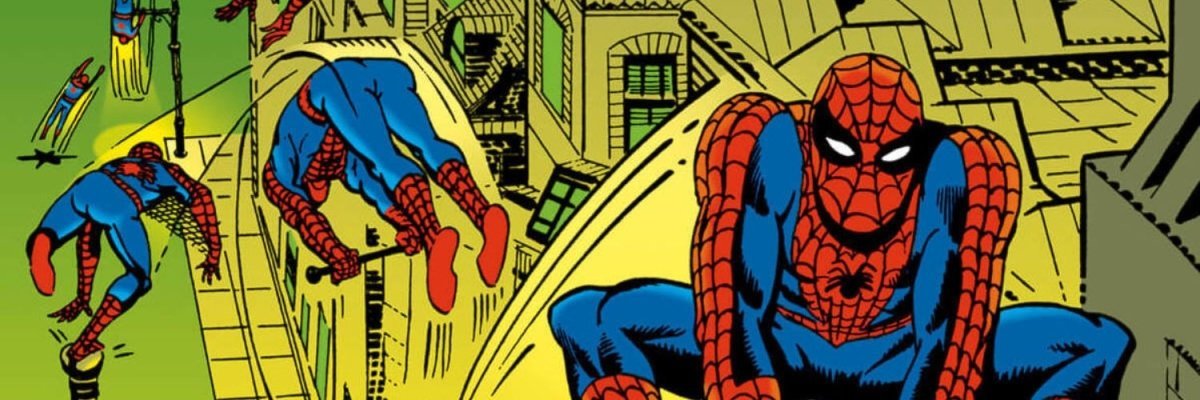

![Spider - Man By Michelinie & Larsen Omnibus Erik Larsen Spider - Man Cover HC [New Printing] - Walt's Comic Shop](http://waltscomicshop.com/cdn/shop/files/spider-man-by-michelinie-larsen-omnibus-erik-larsen-spider-man-cover-hc-new-printing-691995.jpg?v=1728750376&width=812)
